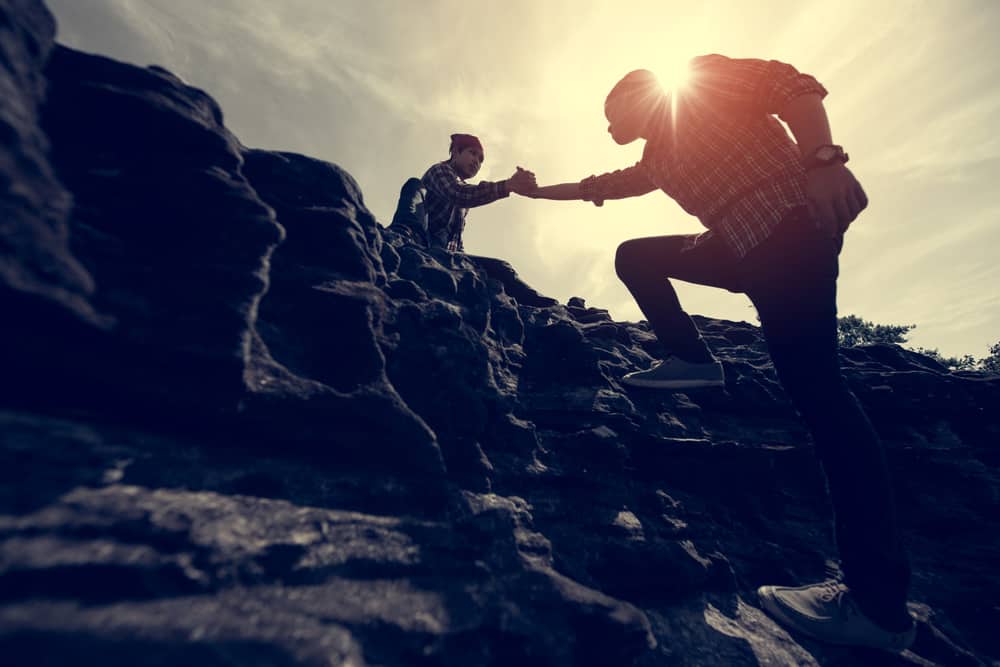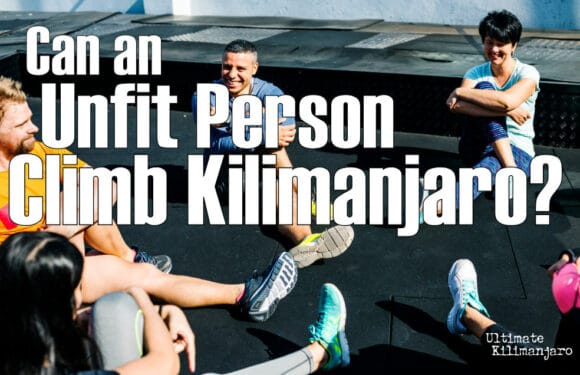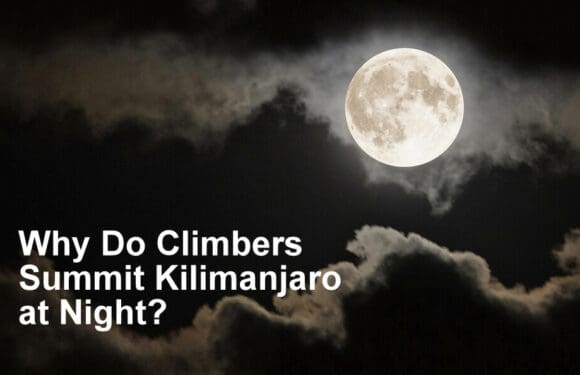
Mount Kilimanjaro, the largest free-standing volcano in the world, has many breathtaking sights, but few are as impressive, and intimidating, as the Barranco Wall, leaving many of our prospective climbers full of questions. The thought of climbing this seemingly sheer cliff elicits fear in even the most experienced trekkers.
But is the Barranco Wall as steep as it looks?
What is the Height of the Barranco Wall?
Rising 843 feet (257 meters) above the Barranco Valley, the Barranco Wall can appear ominous. To many, especially to those a bit edgy around heights, it often seems higher than it is.
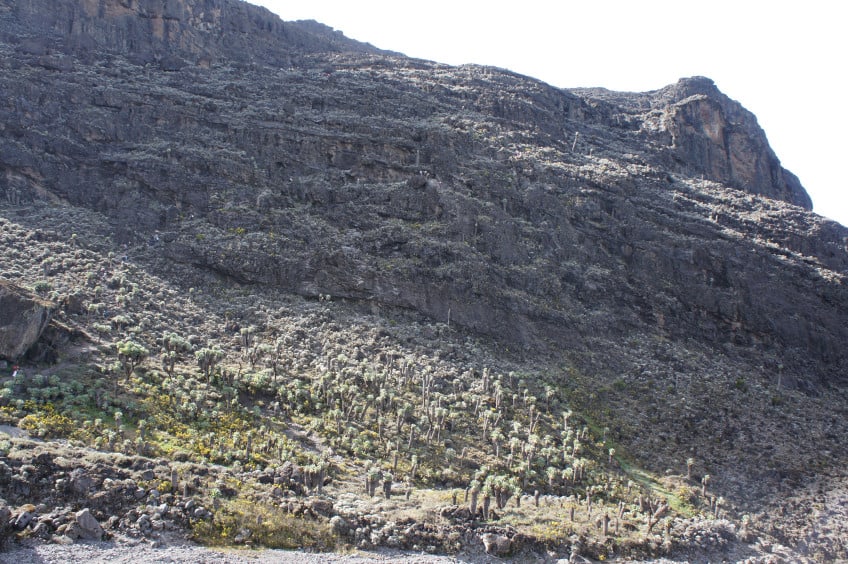
How Was the Barranco Wall created?
The rocky slopes of the Barranco Wall are the result of Kilimanjaro’s turbulent volcanic past. When Kilimanjaro went dormant, between 150,000 and 200,000 years ago, the Kibo crater, at the summit, formed. Previously, the pressure of the lava beneath the summit held the area up, but without it, the mountaintop collapsed inward, forming the caldera. Over the subsequent years, less-dramatic collapses occurred as the mountain settled into the form we recognize today.
Around 100,000 years ago, one of these collapses resulted in a massive landslide down the southern face shearing away what was presumably more forgiving terrain. The dramatic Barranco Wall, sharply contrasting from the rest of Kilimanjaro’s mostly gentle slopes, was left in the wake of this violent event.
Do I Need Technical Climbing Skills for the Barranco Wall?
Steep, narrow paths cut back and forth along the rock face, make the Barranco Wall one of the more challenging sections of the mountain, but you will not need any technical climbing skills for the ascent. The Barranco Wall is considered a class 4 scramble in the Yosemite Decimal System, which means you don’t need specialized gear or mountaineering skills, but that you will likely use all four of your limbs. Taking your time and being mindful of where you place your hands and feet is essential.
To get a good feel for what scrambling the Barranco Wall is like, check out this video:
Should I Use Trekking Poles for the Barranco Wall?
You do not want trekking poles while scrambling up the Barranco Wall. They can often be cumbersome and get in your way as you maneuver your way up the wall face. Put them away while you tackle this section of the trail.
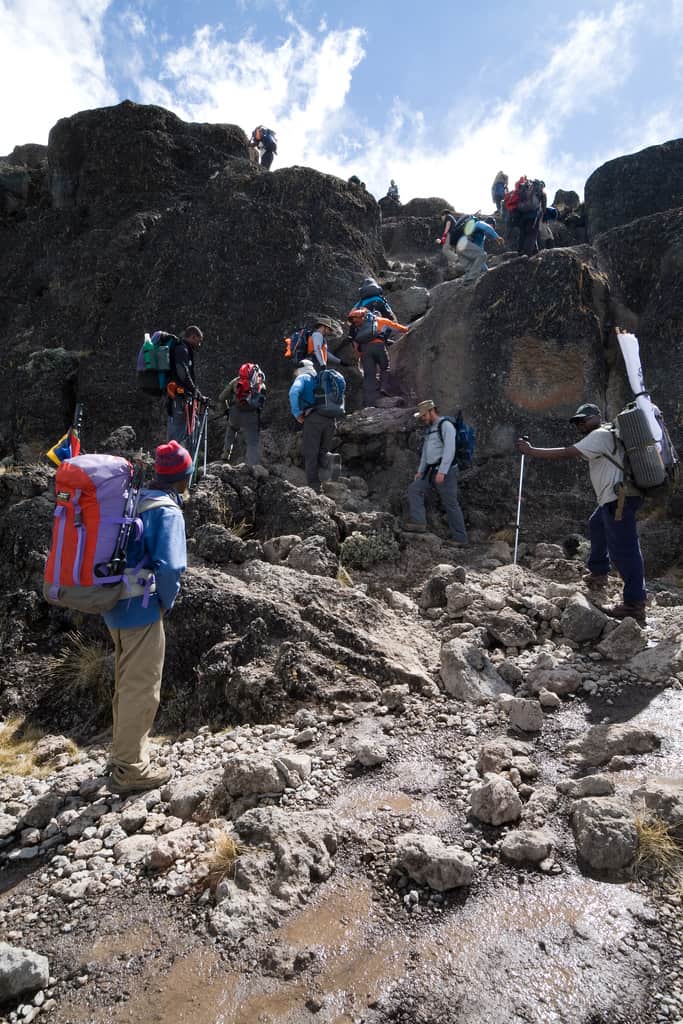
Is the Barranco Wall Dangerous?
Though it’s a demanding portion of the trek, most trekkers are thrilled that they get to experience the Barranco Wall; even without the physical exertion, the view from the top is stunning enough to get anyone’s heart racing!
Despite how steep the feature appears from far away, there is little to no exposure to falls, which means there are no life-threatening moves one needs to execute in order to climb it. Our guides will position themselves at all sketchy spots to ensure you do not get hurt by either lending a hand from above or ready to catch you from below. Climbers often say, “That wasn’t so bad!” when they reach the top, and most think it was a quite a bit of fun to scale.
What is Kissing Rock?
The infamous “Kissing Wall” is a narrow section of trail that you encounter while traversing the Barranco Wall. On this tight section, extra care and attention are necessary as one hugs the wall to pass. It is an intimate spot to navigate with an intimidating drop-off. To honor the affectionate name of this passage, many climbers opt to kiss the wall to add a little spice and fun to the adventurous undertaking.
How Long Does it Take to Climb the Barranco Wall?
1-2 hours. The passage is thin, which means that you will often find yourself waiting for people ahead of you because it is narrow and challenging to pass slower climbers.

It’s a hectic progression of hikers and porters practically stepping on each others’ feet in a push to get to the top. It’s not a typical path, either — there are boulders to climb over and sections that require scrambling. In the moments where it is necessary to pause and wait for people in front of you, it’s lovely to admire the view.
Which Kilimanjaro Routes Use the Barranco Wall?
The Lemosho, Machame, Umbwe, and Shira routes all include the Barranco Wall.
Of these routes, we recommend the Lemosho and Machame routes. Shira cuts out an entire climate zone, the rainforest, which is a significant loss for both scenic and acclimatization purposes. Umbwe offers the shortest and steepest ascent up the mountain and for this reason, the success rate below 50%. The Machame, or “Whiskey” route, is the busiest route on Kilimanjaro so if you want to avoid some of the extra traffic, we encourage you to take the Lemosho route. It is considered the most beautiful path on the mountain, has lower traffic levels, and it has a high success rate, especially for climbers that choose the recommended 8-day climb.
Can I Avoid the Barranco Wall When Climbing Mount Kilimanjaro?
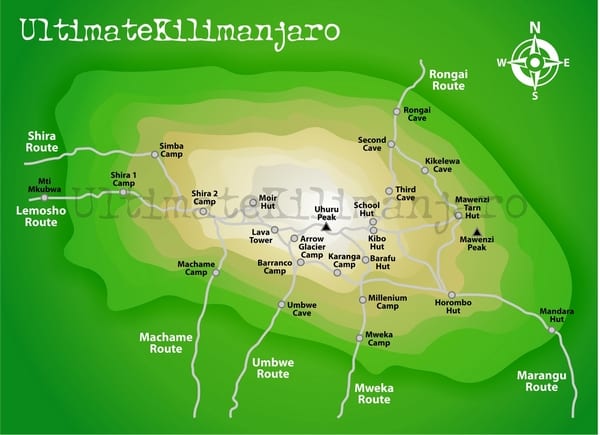
If you would like to avoid the Barranco Wall, there is good news, you can!
However, keep in mind, once you get to the base of the wall, you realize it isn’t as menacing as it looks from afar and most people enjoy the fun scramble to the top.
The routes that do not include the Barranco Wall are Marangu, the Northern Circuit, and the Rongai Route. Of these, we highly recommend the Northern Circuit route, which is the newest, and one of the most exciting routes on Kilimanjaro. It follows the Lemosho trail in the beginning, but instead of following the southern traverse like most trails, it traverses the quiet, rarely visited northern slopes. This 9-day climb has incredible scenery and the highest success rates on the mountain due to the increase in time for acclimatization.
What Day of the Climb is the Barranco Wall?
Often called the “Breakfast Wall”, this portion of your climb forms part of your early morning on day 4 for climbers on seven-day routes and day 5 for climbers on routes eight days or longer. Before tackling the Barranco Wall, climbers have a chance to camp beneath this natural wonder for a night.
Then, after a restful slumber, you will push ahead to conquer it. Remember pole, pole (slowly, slowly), wins the race. Once you reach the top of the Barranco Wall, the trail continues to the Karanga Valley where you will camp, unless you are taking a shorter climb (which we don’t recommend).
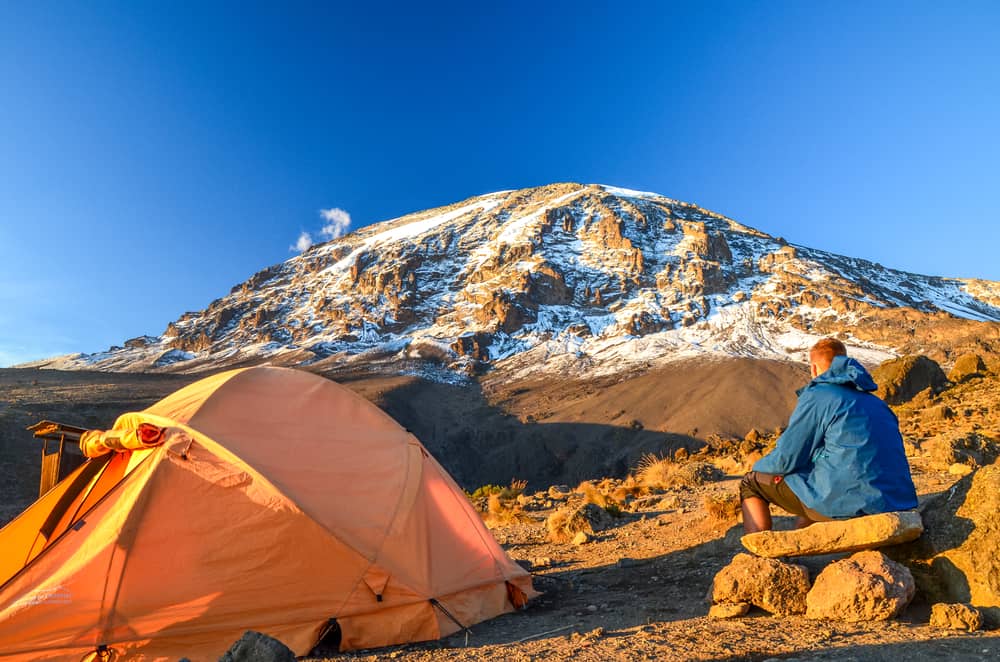
Once you’ve reached the top, be sure to take some time to enjoy the view of the Barranco Valley below and the Karanga Valley. After a scramble up the Barranco Wall, you’ve earned the chance to relax a bit and enjoy yourself. And, if you have opted for a climb that is seven days or longer (which we do recommend), you will get to enjoy a stunning night at what is arguably one of the most beautiful camps on the mountain, Karanga Camp.
But, one thing is for sure, whether the route you choose includes the Barranco Wall or not, climbing Kilimanjaro will be an experience to remember. With dramatic vistas, starlit nights and a sense of camaraderie with your fellow hikers, prepare for the adventure of a lifetime.












































